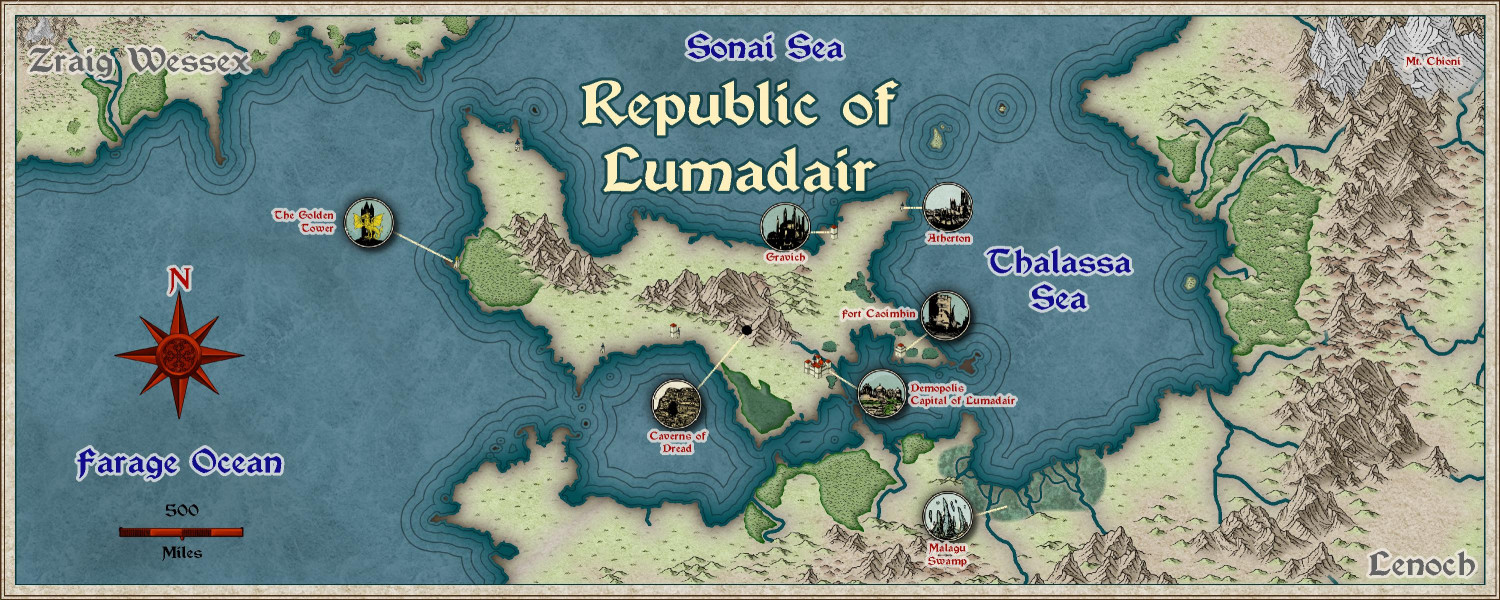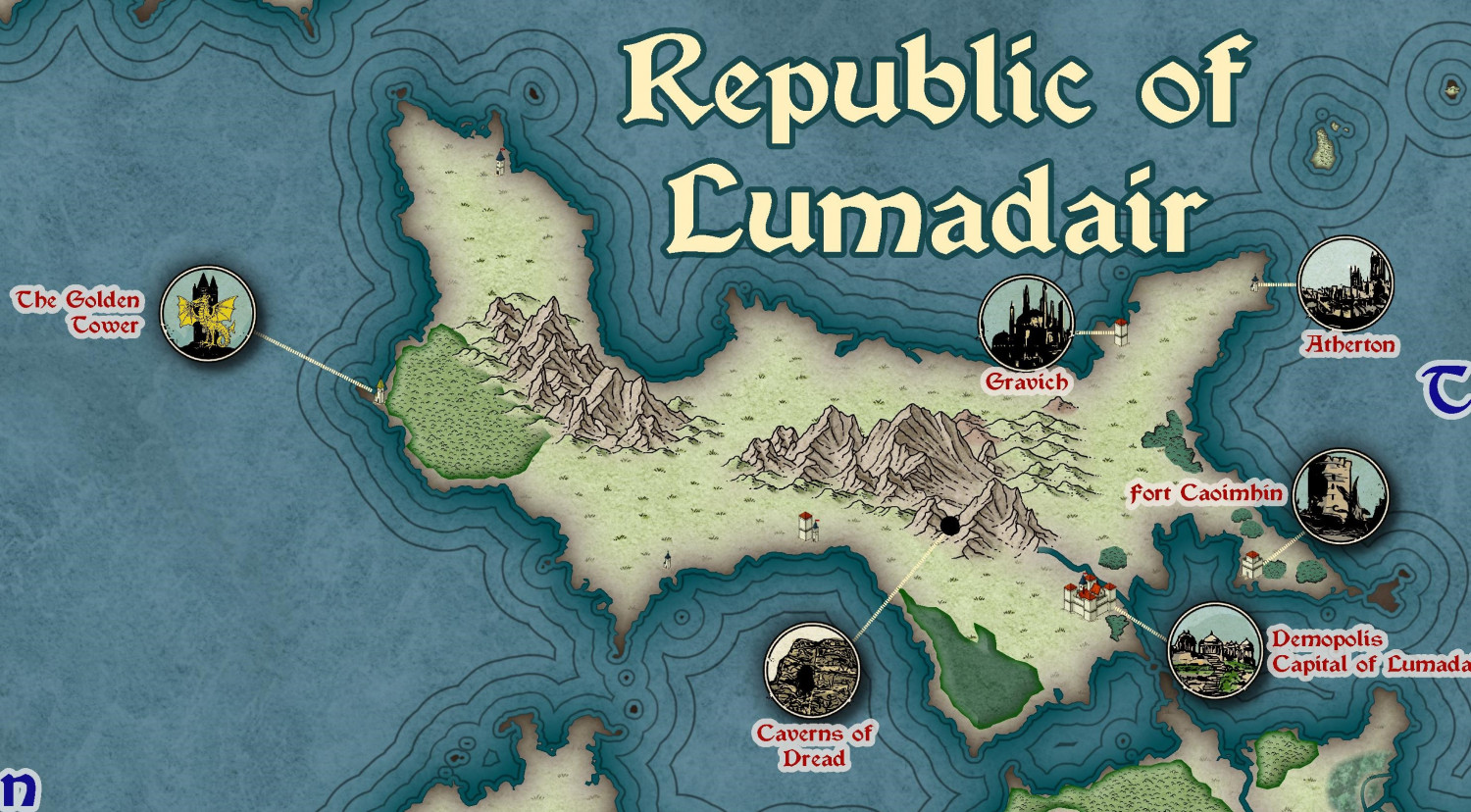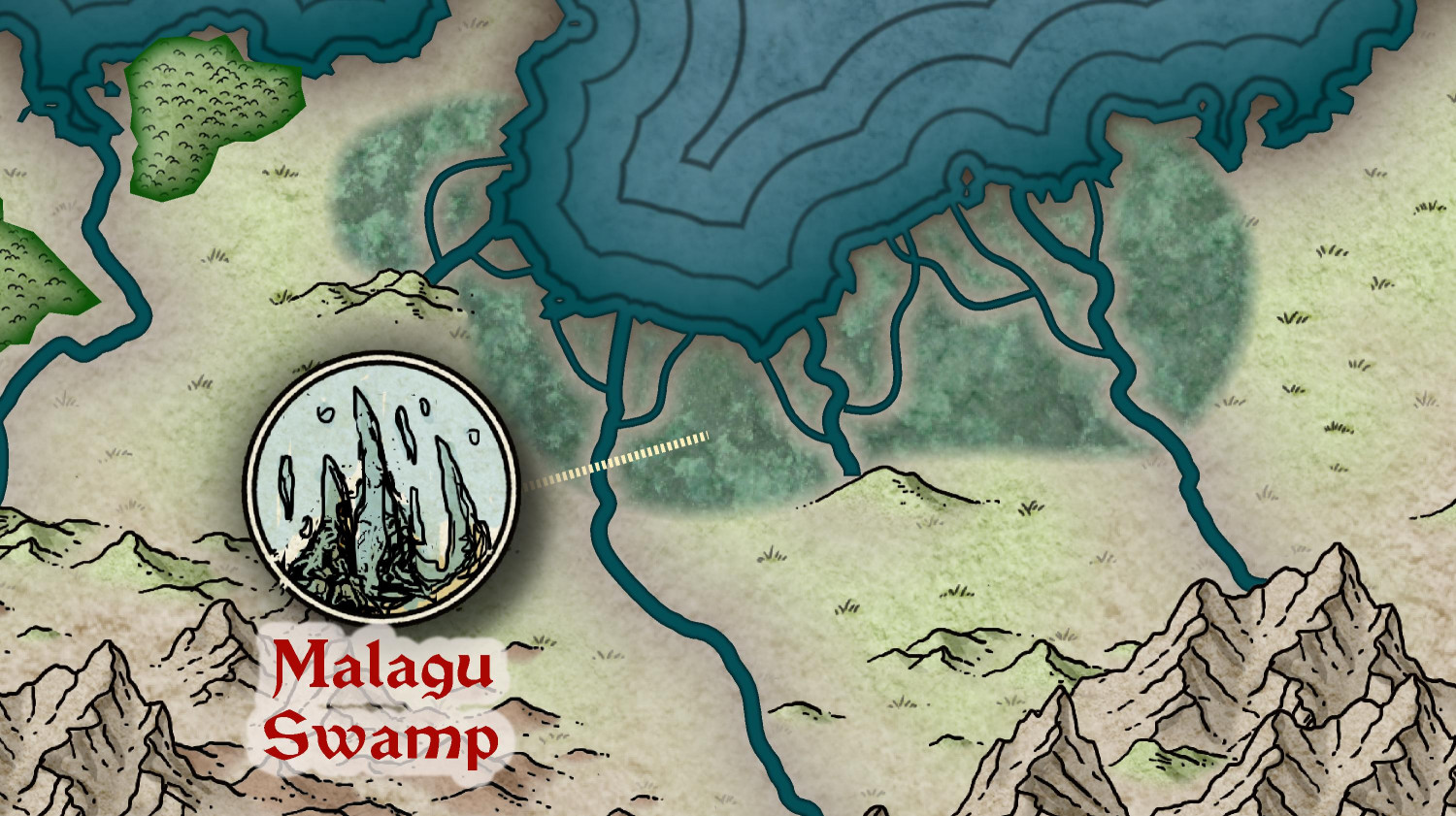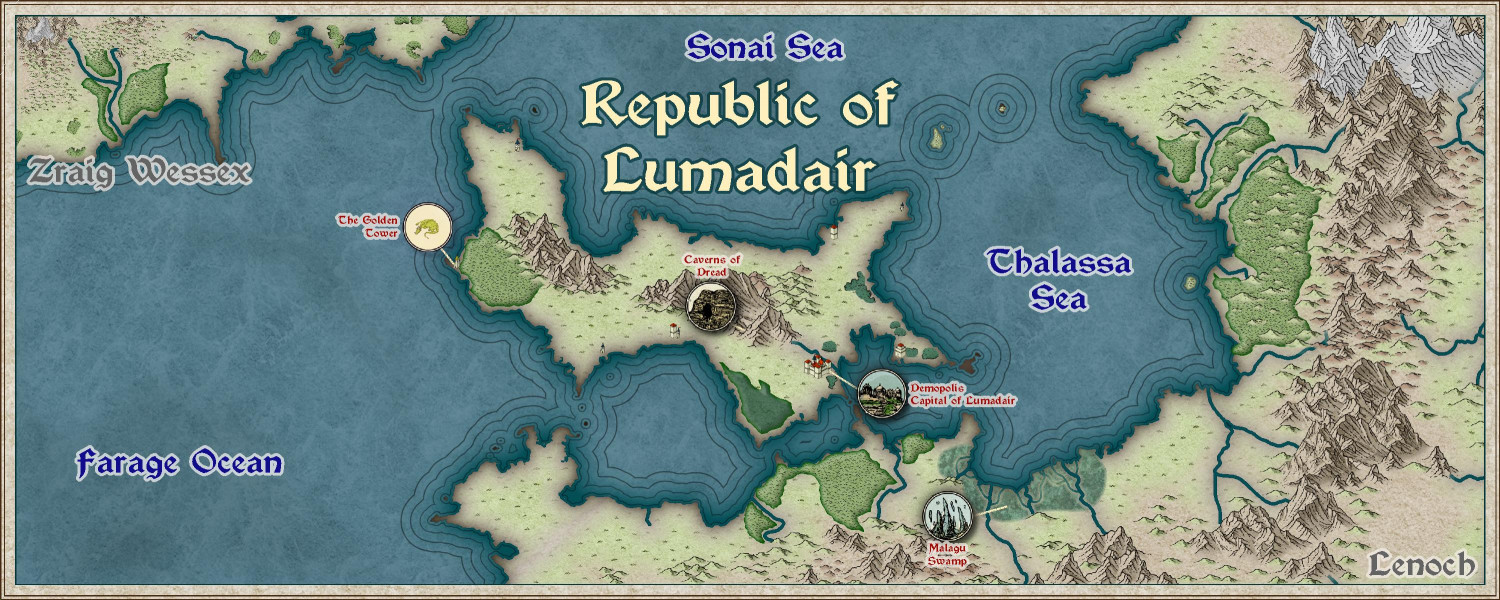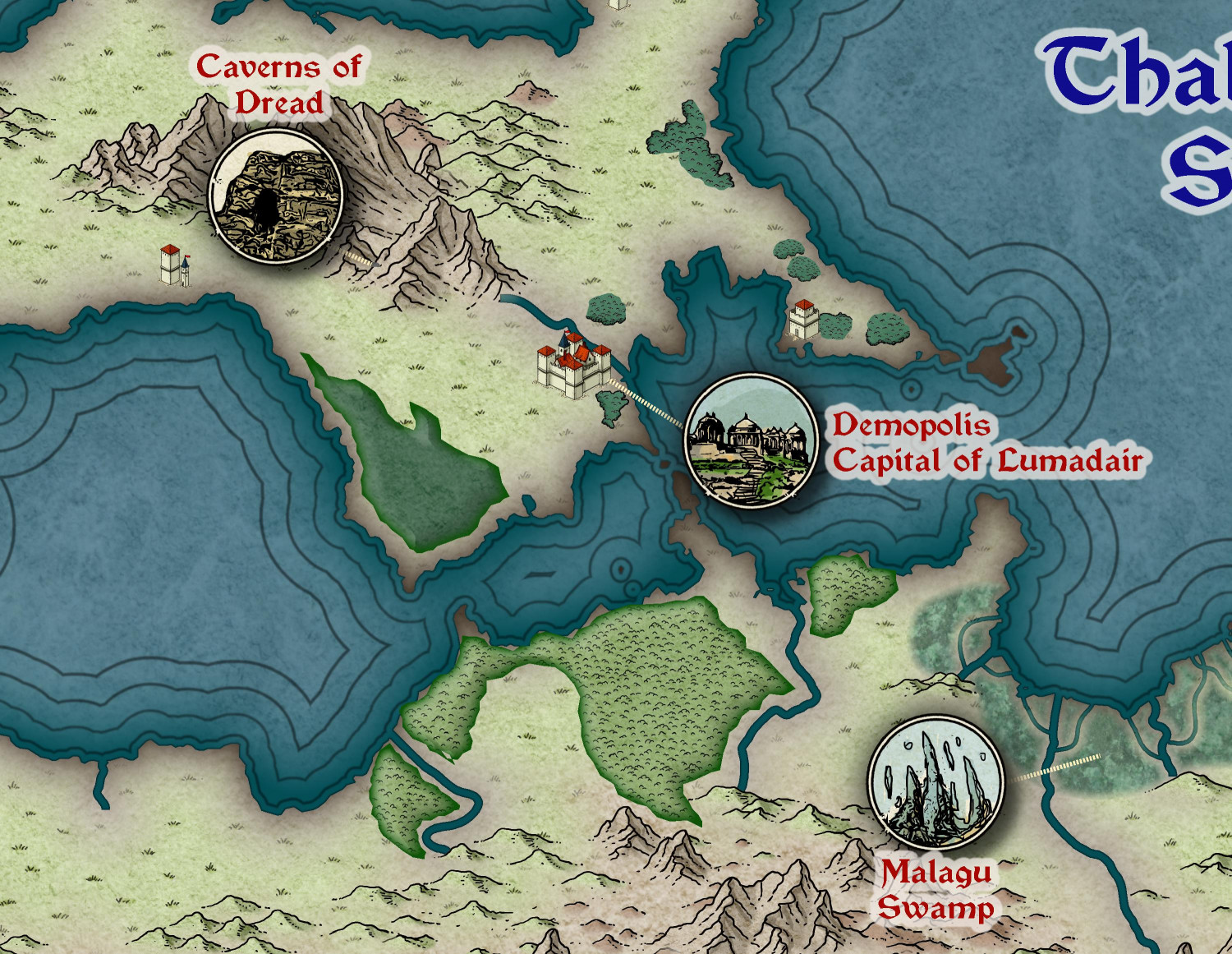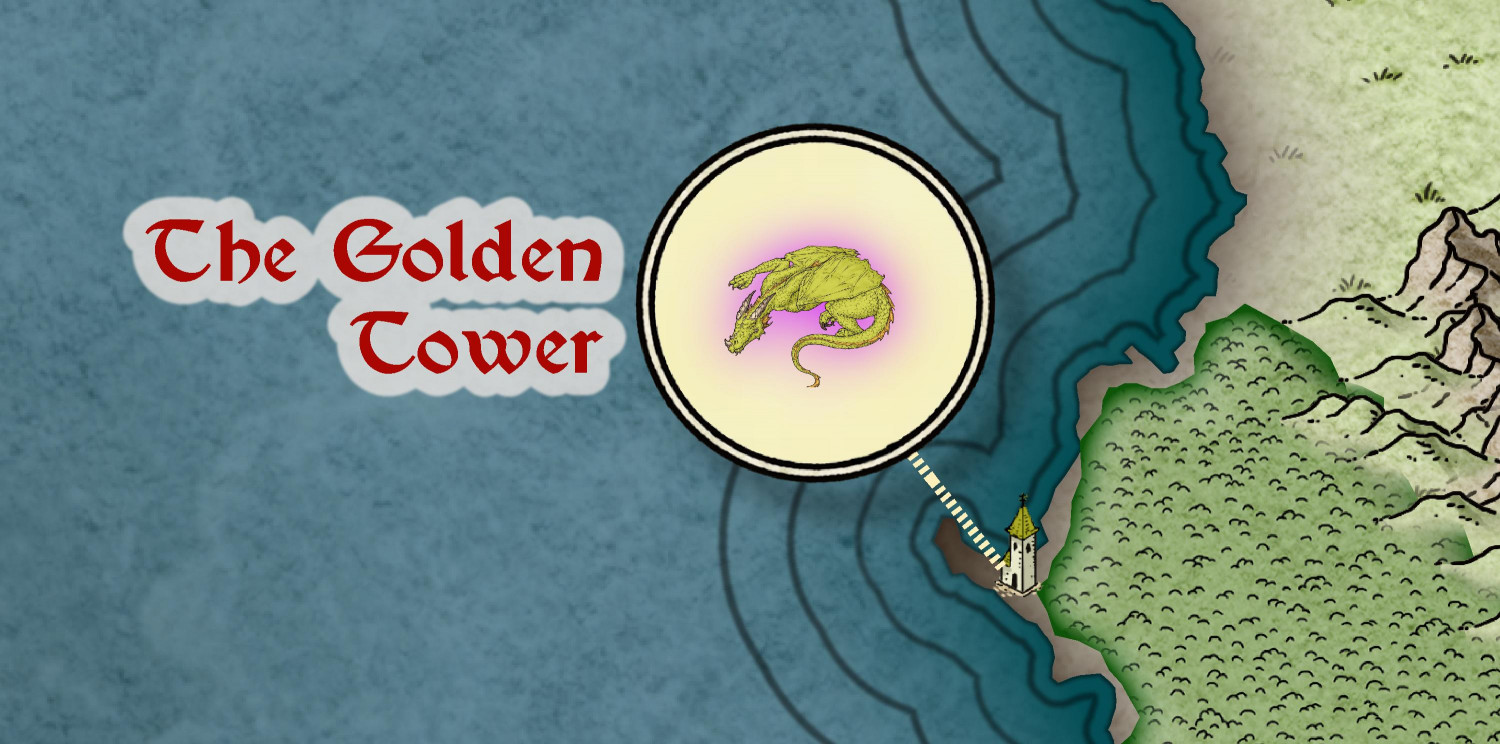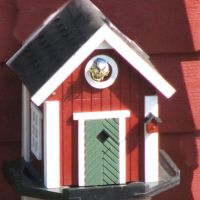Royal Scribe
Royal Scribe
About
- Username
- Royal Scribe
- Joined
- Visits
- 8,810
- Last Active
- Roles
- Member
- Points
- 3,198
- Birthday
- February 5, 1968
- Location
- San Francisco, California
- Real Name
- Kevin
- Rank
- Mapmaker
- Badges
- 16
Reactions
-
After Day's of Watching Videos
This is a nice planet, by the way. I can't tell you how much I struggled to get the land-to-sea ratios and size-of-content settings to generate what I wanted. Even then, I had to do some terraforming to turn some inland seas into gulfs connected to a bigger ocean. (And then I flipped the north and south poles because I liked how it looked upside down better). Your world looks like it has some nice, large land masses that are separated from one another, giving yourself a lot of flexibility in how you want to develop things.
-
[WIP] Republic of Lumadair (Ancient Realms Revisited)
-
Hey Everybody!
Funny, that’s what I was doing all afternoon. Went down to the Old San Francisco Mint to take pics, because the floor plans I found online had conflicting info about the exterior. (Some had fountains outside that I don’t remember seeing — must have been when it was an operational mint up into the 1930s.) Then I went to the main branch of the public library to see if they had floor plans of the original main branch (1917-1993, which is now the Asian Art Museum) — and they did! Lots of mapping inspiration.
-
[WIP] Republic of Lumadair (Ancient Realms Revisited)
I have previously done the Republic of Lumadair, a portion of my campaign world, in many different styles. (There's an album in my galleries showing the different approaches.) I find it helpful to compare styles with a consistent coastline and terrain.
Anyway, here's a first pass at trying it with the new Ancient Realms Revisited annual.
I ended up using tower symbols instead of cities to show the major unnamed cities. I've only done a few of the icon symbols for major points of interest, though I can do more. Instead of putting the icons exactly where the locations would be, I put them off to the side with a dotted line to the actual location (similar to how I approached my Modern Journeys map).
This sort of forest approach rather than individual symbols isn't my favorite approach, but it's growing on me. For the coastal cities, maybe I should trace the coastline rather than being more freeform? Ralf brought in some Mike Schley symbols (Asian settlements) in his video tutorial, so maybe I will try that with Mike's tree symbols. I'm worried, though, that those tree symbols would make this look too much like a knockoff of Mike's overland style and not its own thing.
I did one custom symbol of a dragon, but I'm not thrilled.
I used a parchment background but maybe a solid color would be better? (The icon background is on a separate sheet, so I could see if a texturize effect helps.) Or I could put a tower icon as the main icon with a dragon over it. If anyone knows of better dragon symbols to use, let me know. (I thought about the heraldry icons from CA15, but I'm not so sure.)
-
Hey Everybody!
I have noticed a side effect from mapping with CC3 for a year (your mileage may vary). I have always been interested in cool architecture, but now when I am out and about, I am much more aware of little architectural details. Specifically, I find myself wondering, "What would that look like from a birds-eye view...and what techniques would I use to render that in CC3." 😉





